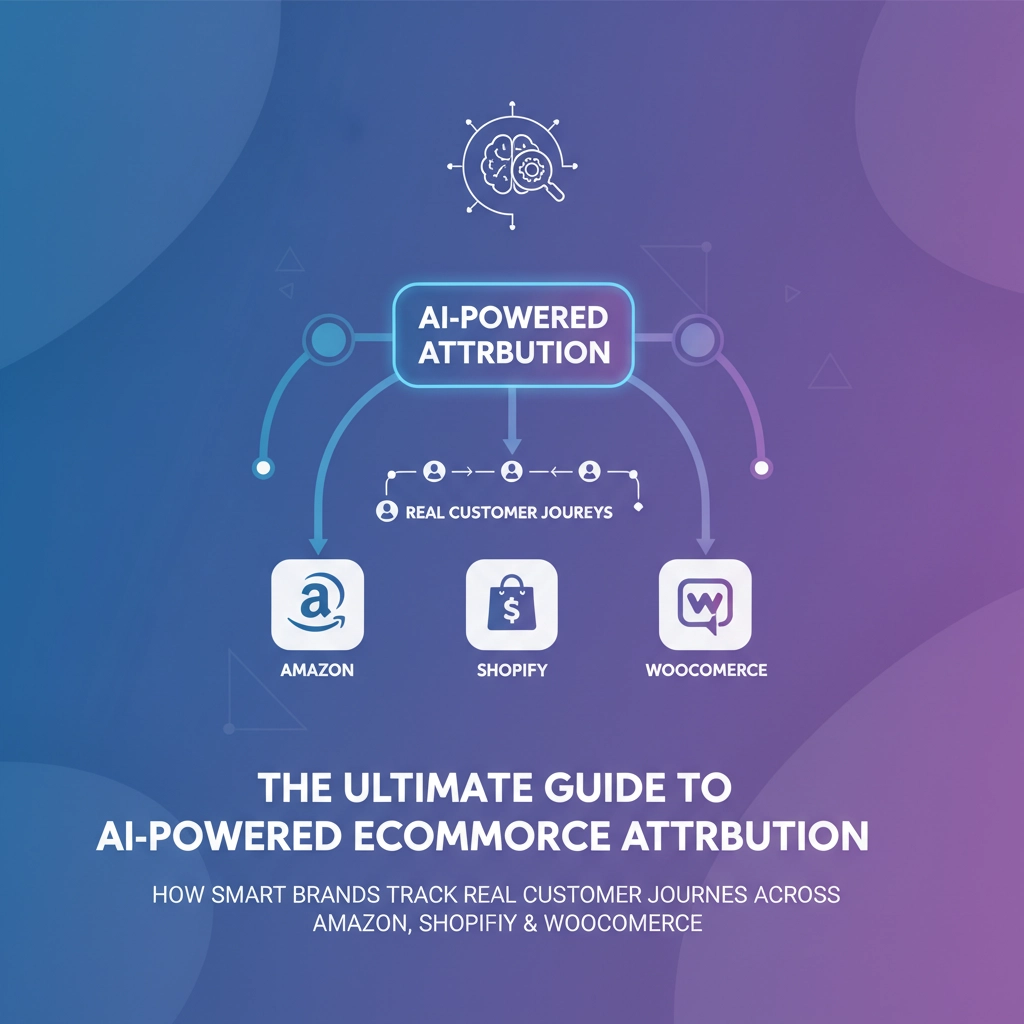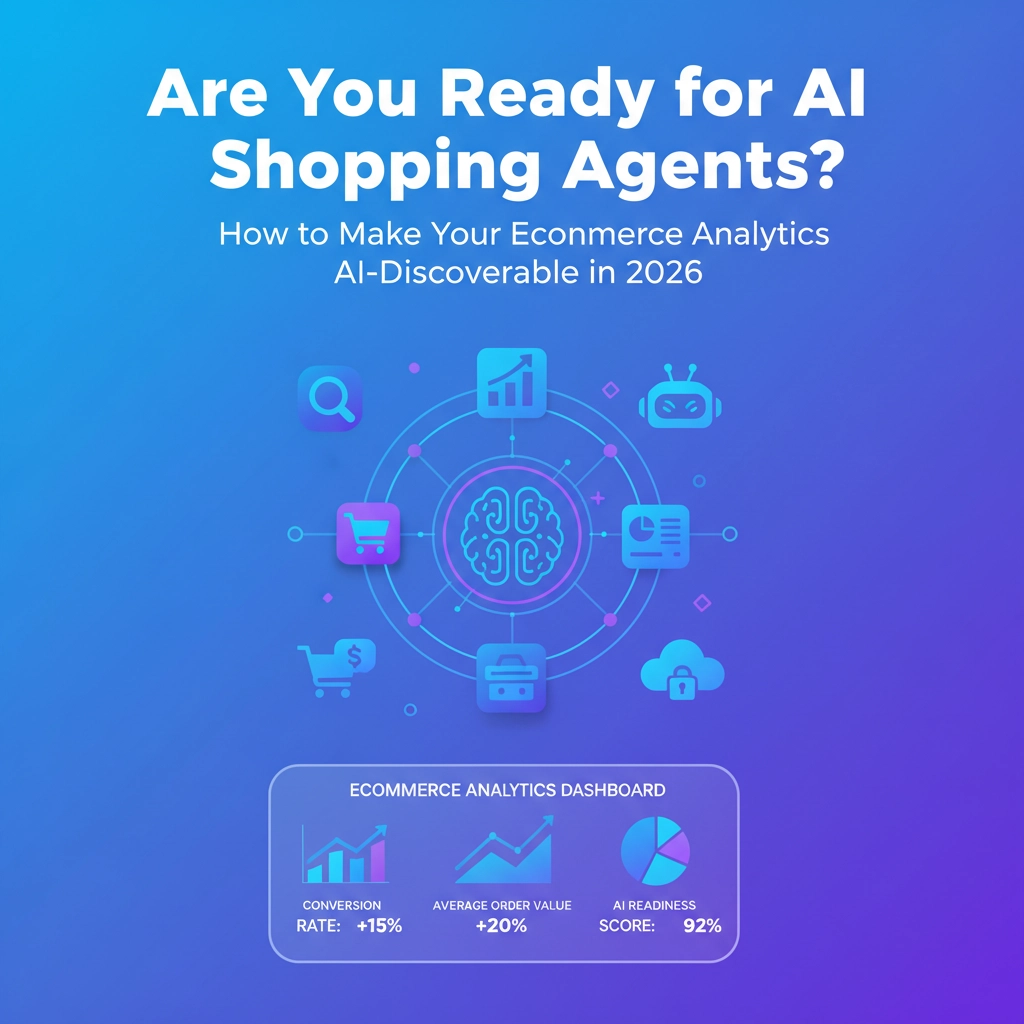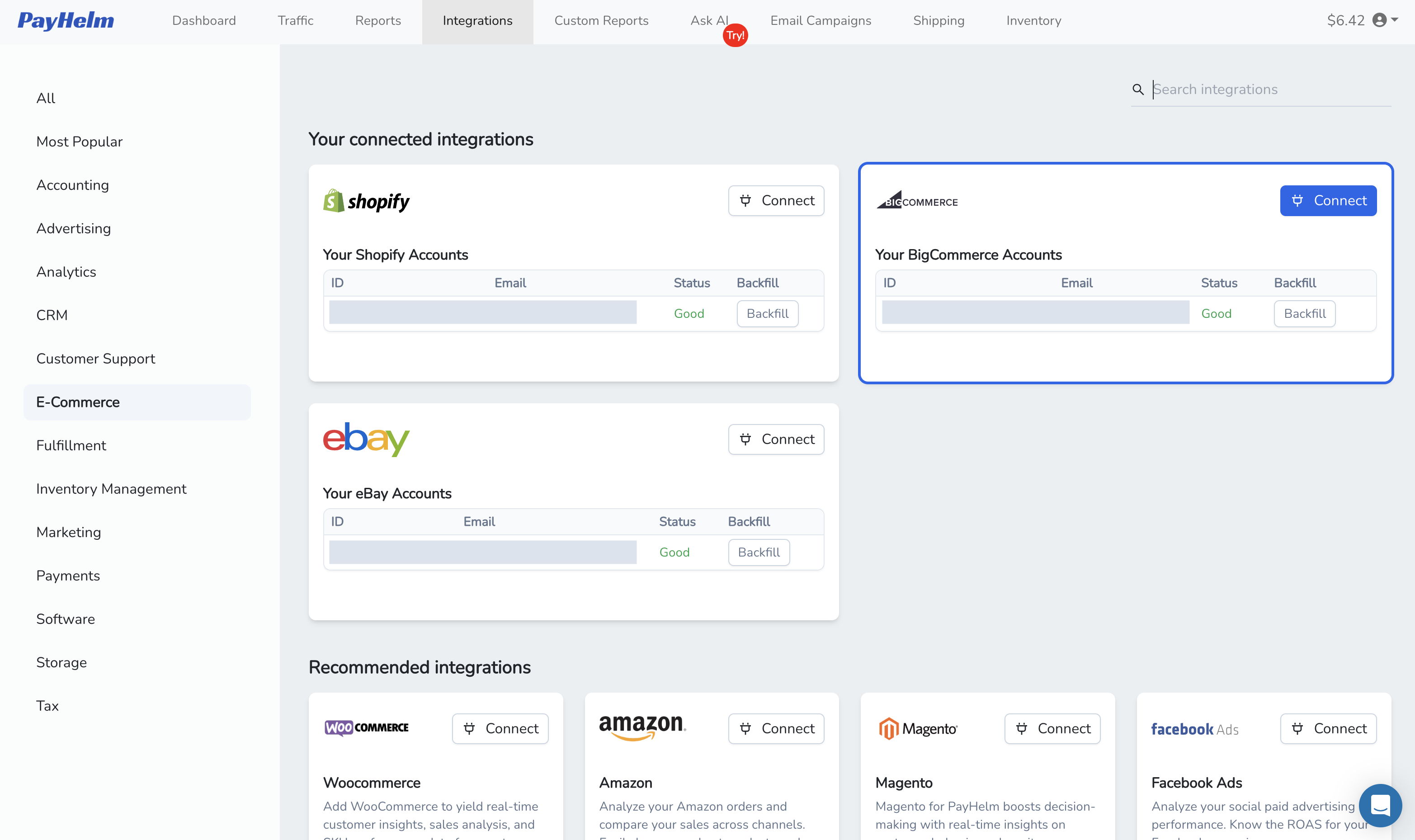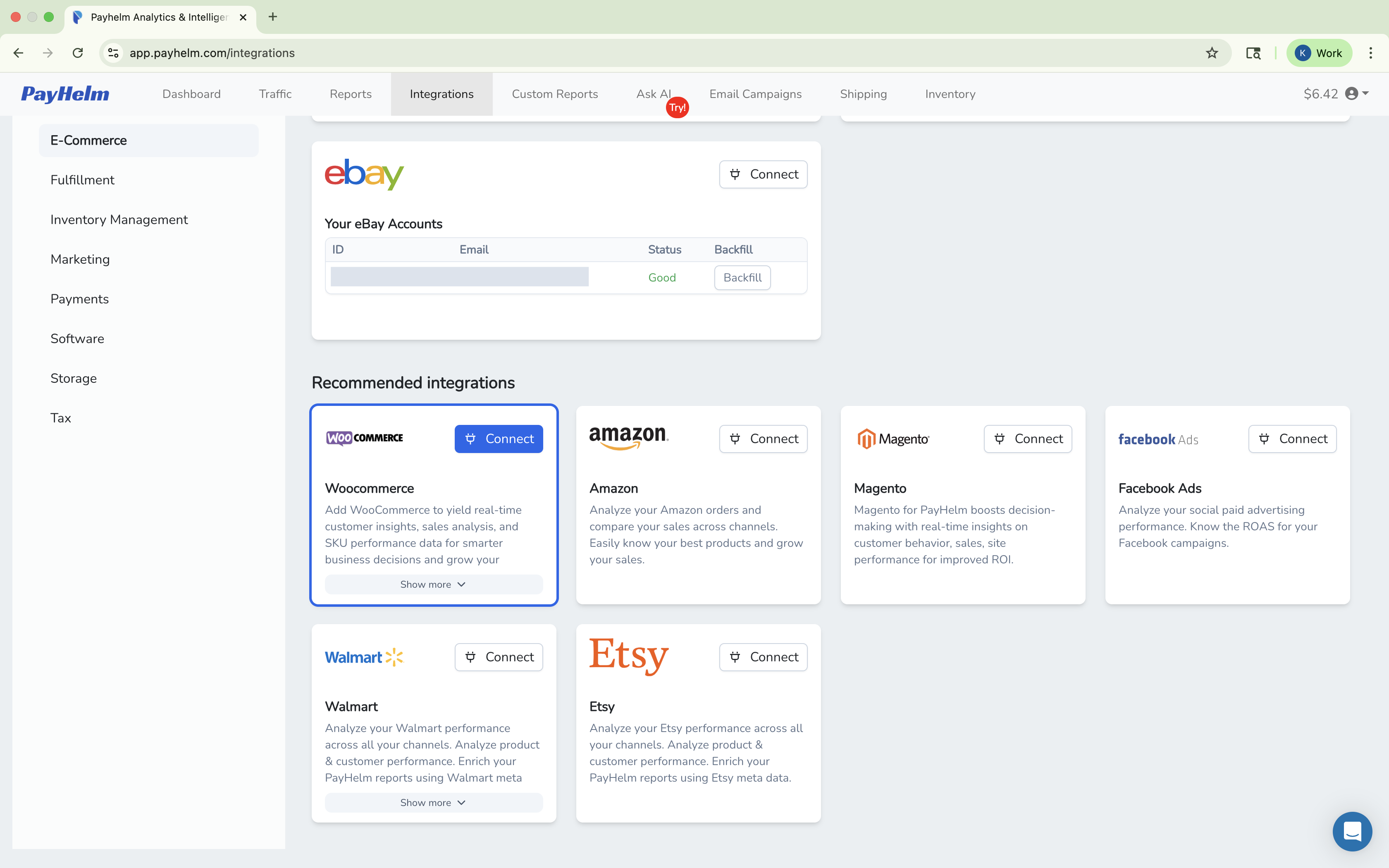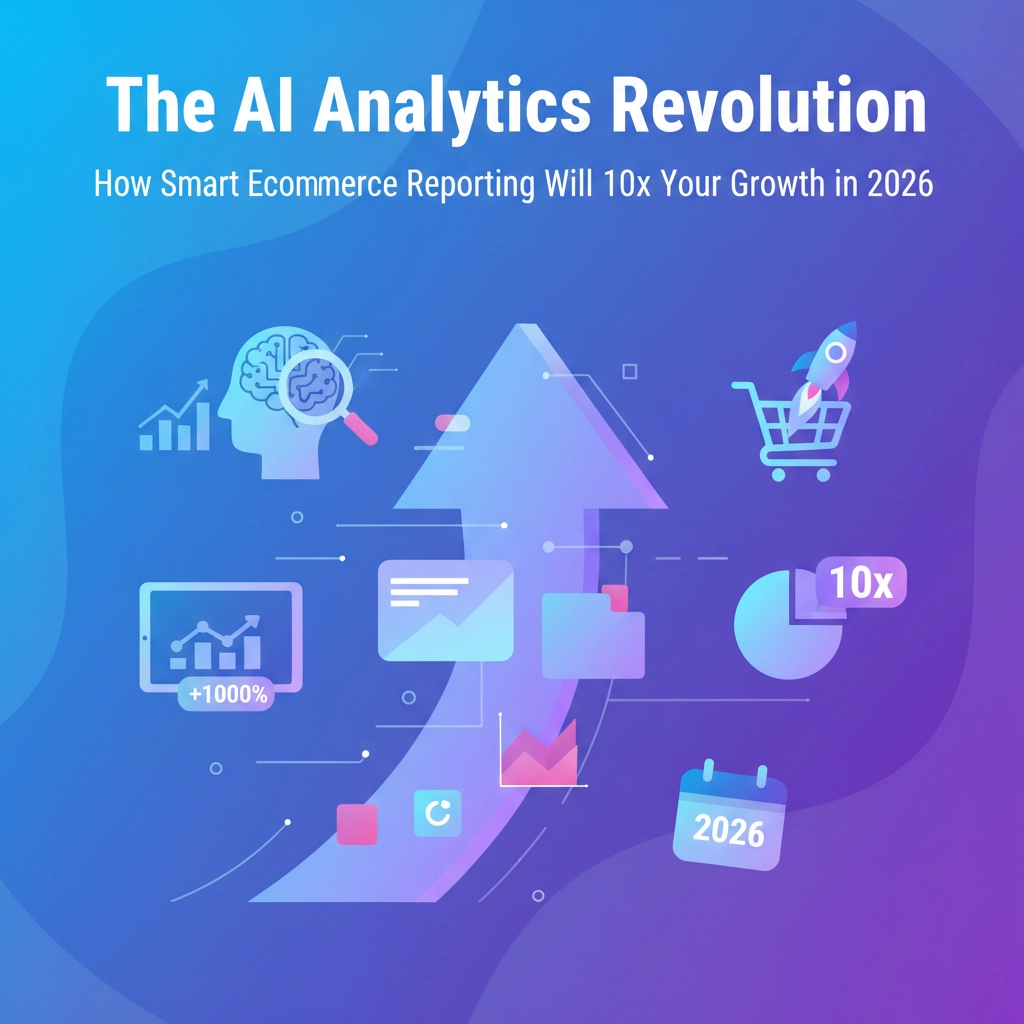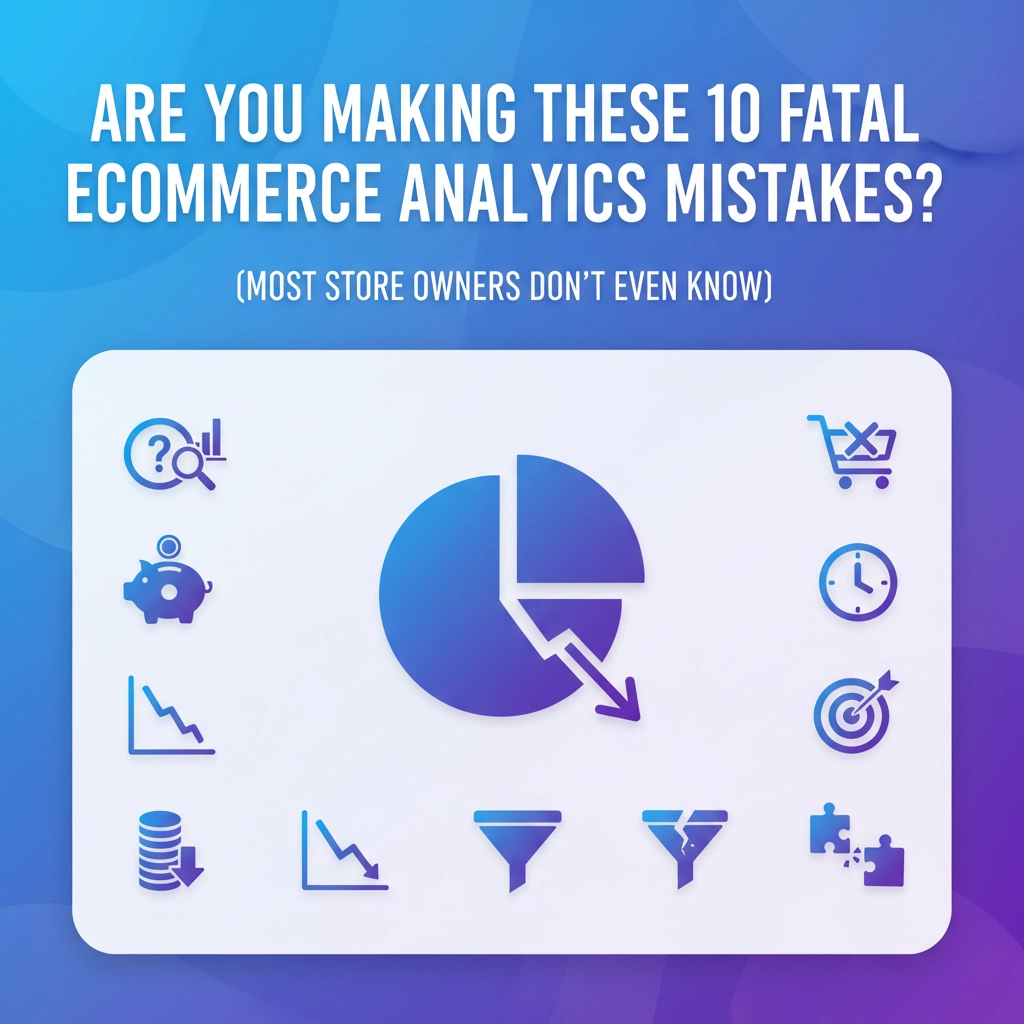Are You Ready for AI Shopping Agents? How to Make Your Ecommerce Analytics AI-Discoverable in 2026
AI shopping agents are transforming ecommerce faster than most retailers realize. By 2026, these autonomous digital assistants will handle purchasing decisions for millions of consumers, fundamentally changing how shoppers discover and buy products across Shopify, BigCommerce, WooCommerce, and Amazon.
Unlike traditional chatbots that simply answer questions, AI shopping agents operate independently. They search multiple platforms simultaneously, compare prices, analyze reviews, negotiate deals, and complete purchases without human intervention. (Source: Shopify)
The shift is already underway. Retailers implementing AI-powered personalization see conversion rate increases of up to 30%, while over 60% of commerce platforms are exploring multi-agent integrations by 2026. (Source: BigCommerce)
Your ecommerce analytics must evolve to support this transformation. AI agents require structured, accessible data to make intelligent recommendations and complete transactions seamlessly.
Understanding Agentic Commerce in 2026
Traditional ecommerce forces customers to manually browse products, compare options, and complete checkouts. Agentic commerce flips this model entirely. A user simply says "Find me waterproof sneakers under $100 with next-day delivery," and the AI agent searches across platforms, evaluates options, selects the optimal choice, executes the purchase, and tracks delivery.
This represents outcome-based shopping rather than process-based shopping. AI agents act as trusted proxies with decision-making authority, remembering detailed preferences including colors, sizes, brands, and price sensitivity while analyzing current market trends.

For retailers, this means your shopify analytics, bigcommerce analytics, woocommerce analytics, and amazon analytics must provide AI agents with the structured data they need to discover and recommend your products effectively.
Preparing Your Analytics Foundation
AI agents require clean, accessible data to function effectively. Start by consolidating all product, customer, and transaction data into unified systems that enable real-time access and analysis.
Audit your product catalog to understand every attribute a human shopper can quickly identify. This clarity determines how AI agents will interpret and recommend your offerings. Your ecommerce analytics platform must capture detailed product specifications, materials, dimensions, compatibility factors, inventory levels, and pricing structures.
Fast insights and clean data approaches are crucial for discoverability in AI-driven marketplaces. (Source: WooCommerce) Implement data quality checks to ensure information accuracy across all touchpoints.
Create standardized product taxonomies that AI agents can interpret consistently. This includes implementing comprehensive structured data markup using schema.org standards to help AI systems understand your content accurately.
Optimizing Platform Analytics for AI Discovery
Shopify reporting capabilities must extend beyond traditional metrics to include AI-readiness indicators. Configure your analytics to track product attribute completeness, structured data implementation, and API response times that affect AI agent performance.
Enable automated syncs to keep product information current across all systems. AI agents require real-time data access to make accurate recommendations and complete transactions. Any lag in inventory updates or pricing changes results in failed transactions and lost opportunities.
BigCommerce reporting should focus on API performance metrics and data accessibility indicators. Implement monitoring for structured data validation, product feed quality, and integration response times that directly impact AI agent interactions.

WooCommerce reporting must track custom field utilization and product data completeness. Configure analytics to monitor how effectively your product information supports AI discovery and recommendation algorithms.
Making Amazon Analytics AI-Ready
Amazon's marketplace requires specific optimization for AI shopping agents. Your amazon reporting must track product listing quality, keyword optimization, and structured data implementation that affects AI discoverability.
Monitor how AI agents interact with your Amazon product listings. Track metrics like AI-assisted impressions, agent-driven clicks, and automated purchase completions. (Source: Amazon Seller Central)
Implement comprehensive product attribute mapping that aligns with Amazon's structured data requirements. AI agents rely on consistent, detailed product information to make accurate comparisons and recommendations across the marketplace.
Tracking AI Agent Interactions
Configure your ecommerce reporting systems to capture AI agent behavior patterns. Monitor which products AI agents recommend most frequently, where they encounter difficulties, and how they navigate your purchase funnels.
Implement tracking for agent-assisted conversions, uplift from AI personalization, and AI-related customer satisfaction scores. These KPIs help you understand the impact of your AI optimization efforts and identify areas for improvement.
Create dashboards that display AI agent engagement metrics alongside traditional analytics. Track automated purchase completion rates, AI-driven revenue attribution, and agent interaction quality scores.

Platform-Specific Implementation Strategies
Shopify Analytics Integration: Leverage Shopify's Analytics API to create custom dashboards that track AI agent interactions. Implement webhook monitoring to capture real-time AI purchasing events and automated decision patterns.
BigCommerce Analytics Setup: Use BigCommerce's Storefront API to enable AI agent access while monitoring performance through custom reporting dashboards. Track API usage patterns and optimize for AI agent efficiency.
WooCommerce Analytics Configuration: Implement custom tracking through WooCommerce's REST API to capture AI agent behavior. Create automated reports that show how AI interactions impact overall store performance.
Amazon Analytics Optimization: Utilize Amazon's Advertising API to track how AI agents discover and interact with your products. Monitor performance across Amazon's ecosystem while optimizing for AI-driven visibility.
Data Architecture for AI Readiness
Structure your data architecture to support both human and AI interactions seamlessly. Implement dual-layer data organization where surface-level information serves traditional shoppers while deeper structured data supports AI agent analysis.
Create API endpoints specifically designed for AI agent access. These should provide comprehensive product information, real-time inventory status, and purchasing capabilities without requiring human intervention to resolve issues.
Establish data validation protocols that ensure information accuracy across all platforms. AI agents depend on consistent, reliable data to make appropriate purchasing decisions for their users.
Advanced Analytics Implementation
Deploy machine learning models within your analytics infrastructure to predict AI agent behavior and optimize for automated interactions. Track patterns in AI purchasing decisions to refine product positioning and pricing strategies.
Implement predictive analytics that anticipate AI agent needs and proactively adjust inventory, pricing, and product positioning. This proactive approach ensures your products remain competitive in AI-driven marketplaces.
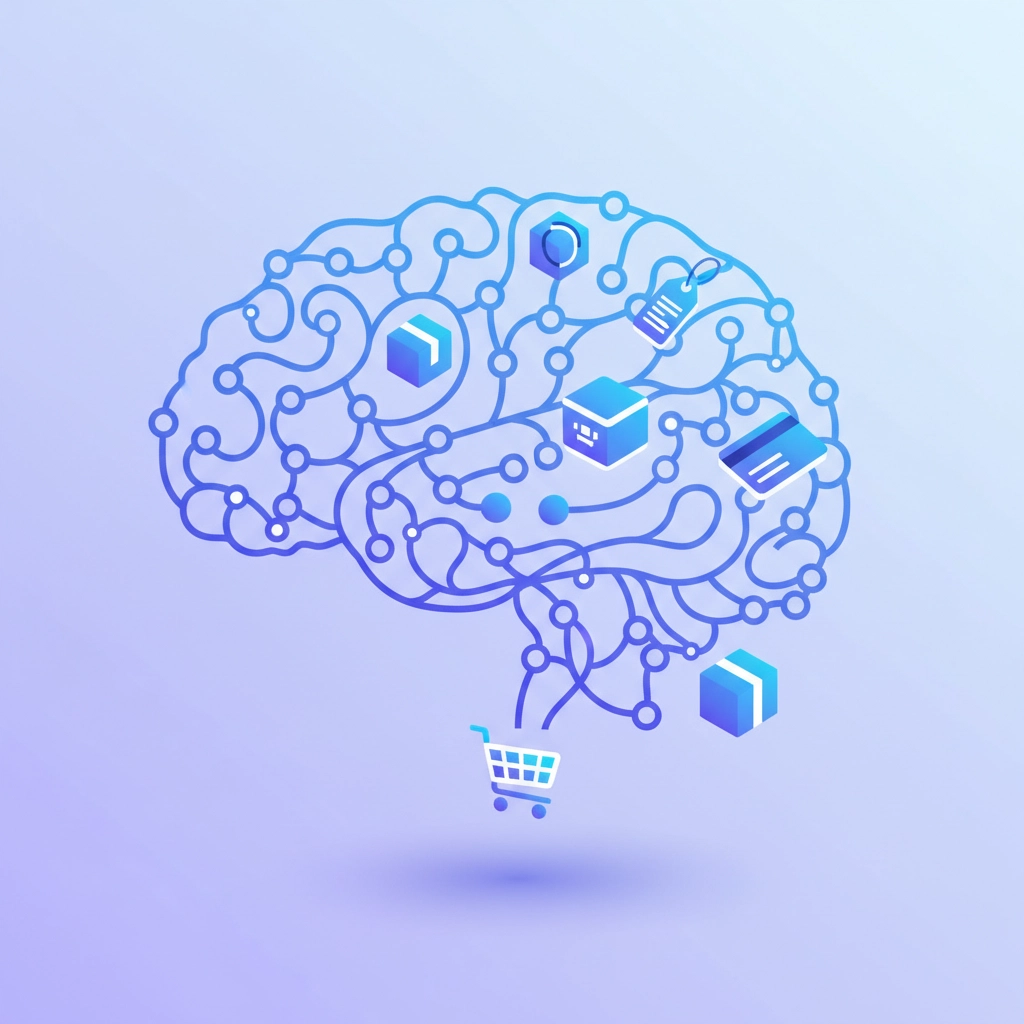
Create feedback loops between AI agent interactions and your analytics systems. Use insights from AI purchasing patterns to optimize product catalogs, pricing strategies, and inventory management decisions.
Measuring AI Transformation Success
Establish baseline metrics before implementing AI optimization strategies. Track traditional conversion rates, average order values, and customer acquisition costs to measure the impact of AI agent integration.
Monitor AI-specific metrics including agent interaction rates, automated purchase completion percentages, and AI-driven revenue attribution. These indicators show how effectively your optimization efforts support AI shopping agents.
Create comprehensive reporting dashboards that combine traditional ecommerce metrics with AI-readiness indicators. This unified view helps you understand the complete impact of your AI transformation efforts.
Implementation Timeline and Next Steps
Start with data foundation improvements and platform API optimization. Focus on product catalog completeness and structured data implementation before advancing to complex AI integration features.
Pilot AI optimization in specific product categories or customer segments. Measure results and refine approaches before expanding to your complete catalog and customer base.
Partner with analytics platforms that specialize in AI-ready ecommerce reporting. Solutions like PayHelm provide unified analytics across multiple platforms while supporting AI agent interactions and automated purchasing workflows.
The competitive edge belongs to retailers who embrace AI shopping agents while optimizing their analytics infrastructure for automated interactions. Begin preparing your ecommerce analytics for AI discoverability today to shape customer expectations rather than struggle to catch up in tomorrow's AI-driven marketplace.
